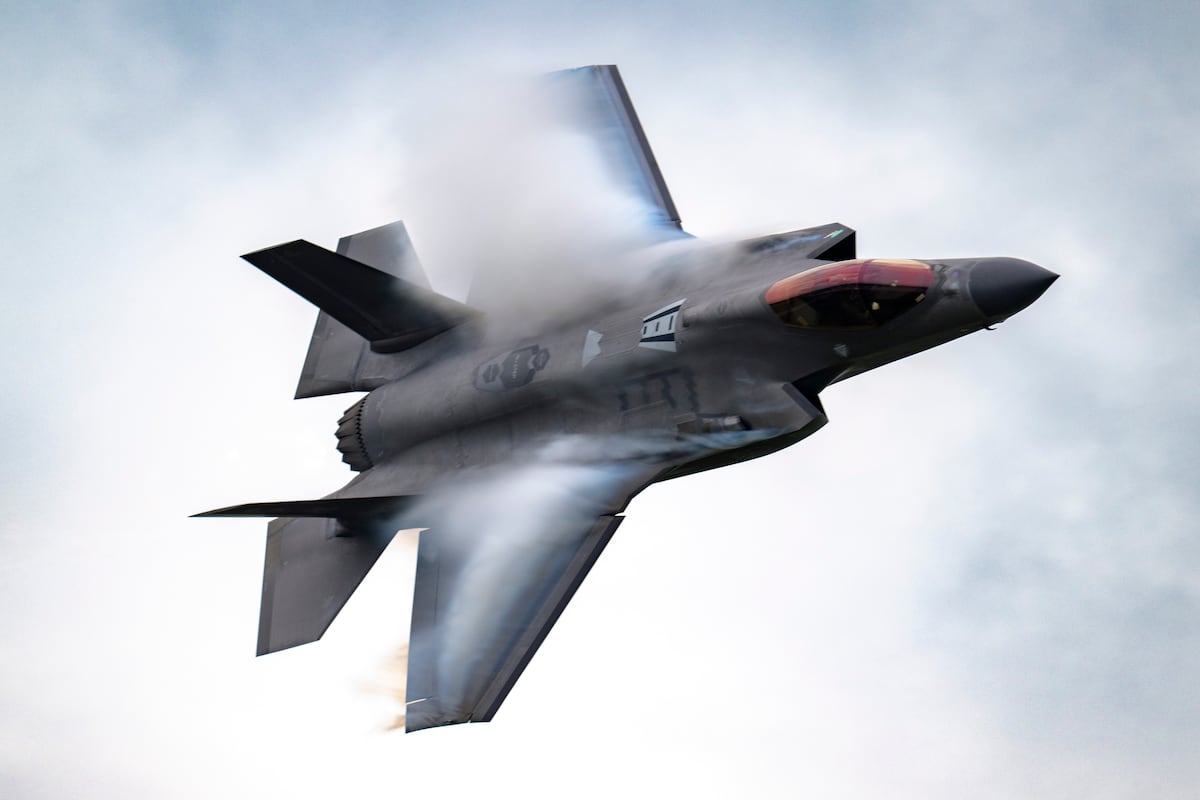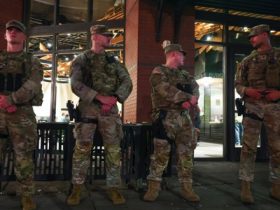The U.S. Air Force, once at the technological vanguard, has become burdened by decades of bureaucratic growth and failed weapons procurement. It is time for our leaders to make radical change. The Air Force must be broken up to meet the demands of 21st-century warfare. As America stares down the challenge of a potential war with China or Russia, its military should be more agile and focused than our adversaries.
The idea of breaking the Air Force into four parts may seem radical, but it mirrors the kind of organizational clarity that Defense Secretary Pete Hegseth has called for across the Defense Department. Rather than endlessly “reforming” the current structure with marginal gains, we should fundamentally realign it to match strategic reality.
Ukraine’s drone attacks on Russian strategic bombers exposed the fallacy of depending on small numbers of exquisite weapons for defense, which is our current strategy. Air Force Chief of Staff General David Allvin’s recent statement to the Senate Armed Services Committee further warns that the service simply wants more money to keep chugging along.
But these difficult realities are opportunities for reform. Steve Feinberg, the deputy secretary of defense, joined the Trump administration from private equity with experience in doing what our air force needs: taking apart undervalued organizations and discarding what’s broken to create something new and more valuable. Air Force reform should be his most important project.
While the other services like the Army have made changes, the Air Force still retains bloated structures, overlapping authorities and failed acquisition programs that strangle innovation. The first Trump administration was right to create a new, smaller and more agile service: the Space Force. They should double down on this winning strategy with four new services born from our air force: Tactical Air, Space, Strategic and Lift. Each would have its own chief, budget and systems for acquiring its weapons, but still report to the same top-level political leadership.
The Tactical Air Service would focus on defeating advanced enemies in direct, high-end air combat with America’s most elite fighter jets, attack drones and older air support platforms. Over time, this service’s smaller size would allow its focus to shift from using the rapidly aging aircraft we currently rely on to new systems built in large numbers. This new service would be similar to the Marine Corps: highly deployable and designed to work with other military departments.
The decision to create the Space Force was the right one, but a piece of unfinished business is to integrate it directly with the warfighter. This can be done by combining the Space Combatant Command with the Space Force into one organization, led by a single four-star general. By allowing the same person to serve as both the warfighting commander and the force provider, a role currently split by law, we can give our space guardians the institutional leverage to shape U.S. strategy beyond Earth’s atmosphere.
America’s nuclear and other strategic forces are often neglected, which has led to the complete failure to modernize these capabilities over the past 40 years. This is why creating a Strategic Forces Service for deterrence, both nuclear and nonnuclear, proves that this is not just another Air Force mission; it’s a national strategic imperative. Today, management of America’s nuclear arsenal is split: overseen in part by Air Force Global Strike Command and the Navy. A new separate service responsible for operating and modernizing ICBMs, nuclear-capable bombers and coordinating with Navy ballistic missile submarines would ensure focused leadership, a coherent modernization path and cultural reinvestment in a force that underpins America’s security. Like the space service, this new organization would combine the combatant command, Strategic Command, with the force provider into one seamless organization.
The final pillar of this reorganization is creating a Global Lift and Logistics Service. Just like the American economy depends on truckers, our Air Force relies on planes that move, refuel and deploy our forces. They are indispensable, but too often lose budget battles to flashy programs like fighter jets and stealth bombers. Splitting these assets off into their own service, then combining it with its combatant command, Transportation Command, would alleviate this issue and ensure the United States retains its unmatched ability to deploy power globally.
The failings of the Air Force are not due to poor intentions or inadequate resources, but because of outdated structures that cannot keep up. By dividing the Air Force into four purpose-driven services, three of which are directly integrated and part of the operational warfighting commands, this can be fixed. The administration can unlock the innovation, clarity and accountability needed to win the next war.
It’s time to split to win.
Retired U.S. Army Maj. Gen. John G. Ferrari is a senior nonresident fellow at AEI. Ferrari previously served as a director of program analysis and evaluation for the service.
Read the full article here







Leave a Reply